Pangolins, often described as walking artichokes or modern-day dinosaurs, are extraordinary creatures that have roamed the Earth for millions of years. Despite their unique evolutionary adaptations and gentle nature, these remarkable mammals now face an existential crisis. Each year, tens of thousands of pangolins are poached from the wild, pushing all eight species toward extinction. The story of how these shy, nocturnal animals became the most trafficked mammals in the world reveals a complex web of traditional beliefs, economic forces, law enforcement challenges, and human greed. From the forests of Africa to the jungles of Southeast Asia, the pangolin’s decline represents one of conservation’s most urgent crises—and one of its most difficult challenges to solve.
The Unique Biology of Pangolins

Pangolins stand as evolutionary marvels, possessing physical characteristics unlike any other mammal on Earth. Their most distinctive feature is their protective coating of keratin scales, which cover their bodies like medieval armor. These scales, making up about 20% of their body weight, consist of the same material as human fingernails and rhino horns. When threatened, pangolins roll into a tight ball, presenting an impenetrable defense against most predators. Ironically, this defensive behavior makes them easy for poachers to simply pick up and carry away.
Beyond their scales, pangolins possess other remarkable adaptations. Their specialized tongues can extend up to 16 inches—longer than their bodies—and are perfect for extracting ants and termites from mounds. Without teeth, they rely on a muscular stomach lined with keratinous spines and ingest small stones to grind their insect meals. These highly specialized insectivores play a crucial ecological role, with a single pangolin capable of consuming more than 70 million insects annually, providing natural pest control services throughout their habitats across Africa and Asia.
The Eight Pangolin Species and Their Habitats

The pangolin family (Manidae) includes eight distinct species distributed across two continents. Africa is home to four species: the Giant Ground Pangolin, White-bellied Pangolin, Black-bellied Pangolin, and Temminck’s Ground Pangolin. These species inhabit diverse ecosystems ranging from dense rainforests to savannas. Meanwhile, Asia hosts the remaining four species: the Indian Pangolin, Philippine Pangolin, Sunda Pangolin, and Chinese Pangolin, which are found in habitats spanning from Pakistan to the Philippines and China.
Each species has adapted to specific ecological niches. Some, like the Black-bellied Pangolin, are primarily arboreal, spending much of their lives in trees, while others, such as the Giant Ground Pangolin, are terrestrial and use their powerful limbs to dig burrows and forage on the ground. Despite their wide historical range, pangolin populations have experienced dramatic declines across nearly all their habitats. The IUCN Red List now classifies all eight species as either Vulnerable, Endangered, or Critically Endangered, with Asian species generally facing more immediate threats than their African counterparts due to longer histories of intensive exploitation.
Traditional Medicine and the Demand for Pangolin Scales

At the heart of the pangolin trafficking crisis lies a centuries-old practice: traditional Chinese medicine (TCM). Historical medical texts dating back to the 16th century cite pangolin scales as remedies for ailments ranging from arthritis and menstrual problems to skin diseases and lactation difficulties. Despite the lack of scientific evidence supporting these medicinal claims—and the fact that pangolin scales consist primarily of keratin, the same material as human fingernails—demand for these products remains strong across parts of Asia, particularly China and Vietnam.
The scale trade operates on an industrial scale. In traditional preparation, scales are dried, roasted, and ground into powder or used in various concoctions. Between 2016 and 2019 alone, authorities seized scales representing approximately 200,000 pangolins, yet experts believe this represents only about 20% of the actual trafficking volume. While China officially removed pangolin scales from its list of approved traditional medicine ingredients in 2020, significant challenges remain in enforcement and changing deeply entrenched cultural beliefs. The persistent perception that wild-caught animal products possess greater efficacy than farmed alternatives further complicates conservation efforts.
Pangolin Meat as a Luxury Delicacy

Beyond medicinal use, pangolin meat represents a second major driver of trafficking, particularly in China and Vietnam where it is considered a luxury delicacy and status symbol. A single pangolin meal can cost hundreds of dollars in high-end restaurants, where the animals are sometimes displayed alive before preparation to prove their freshness to diners. This practice of conspicuous consumption often relates more to demonstrating wealth and social status than to culinary preferences.
The meat trade involves particularly cruel practices. In many cases, pangolins are transported alive and kept in horrific conditions until slaughter. Some cooking methods involve boiling pangolins alive to ensure maximum freshness. The COVID-19 pandemic briefly decreased demand as wildlife markets faced greater scrutiny, but evidence suggests the underground trade has adapted rather than disappeared. Unlike the scale trade, which can utilize dead specimens, the meat trade requires live animals, creating additional incentives for trafficking networks to develop sophisticated methods for capturing and transporting living pangolins across international borders.
The Decimation of Asian Pangolin Populations

Asian pangolin species were the first to face intensive hunting pressure, with historical records indicating commercial trade to China dating back centuries. By the early 2000s, the impact had become catastrophic. The Chinese Pangolin, once common throughout its range, experienced population declines exceeding 90%. A 2016 study in the journal Biological Conservation estimated that the Sunda Pangolin population had plummeted by 80% over just three decades. The Philippine Pangolin, with its limited island habitat, faces imminent extinction risks from both poaching and habitat loss.
The severe depletion of Asian pangolin populations created a market vacuum that traffickers soon filled by targeting African species. As Asian pangolins became increasingly rare and therefore more expensive to source, criminal networks shifted operations to Africa, where enforcement was often weaker and pangolin populations were still relatively abundant. This continental shift in poaching pressure represents a classic pattern in wildlife trafficking—when one source is depleted, traffickers simply move to new frontiers rather than ceasing operations. Conservation groups now fear that African pangolin species will follow the same tragic trajectory as their Asian counterparts without urgent intervention.
The Rise of Intercontinental Trafficking Networks

The pangolin trade has evolved from opportunistic local hunting to sophisticated global criminal enterprises. Modern trafficking routes typically begin with rural hunters in pangolin range states who either specifically target the animals or capture them opportunistically while hunting other species. These pangolins then pass through a series of middlemen who consolidate shipments before they reach international smuggling networks with the capacity to transport massive quantities across continents.
Major trafficking hubs include Singapore, Hong Kong, and various ports in Malaysia and Vietnam, where pangolin products often transit before reaching end markets. Smugglers employ increasingly sophisticated methods, from concealing pangolin scales among legal timber shipments to establishing fake companies that provide legitimate-appearing paperwork for illegal wildlife products. Recent seizures demonstrate the industrial scale of this trafficking: in April 2019, Singapore authorities intercepted 12.9 tonnes of pangolin scales representing approximately 36,000 pangolins in a single shipment. The United Nations Office on Drugs and Crime now classifies wildlife trafficking, including the pangolin trade, as the fourth most profitable illicit business globally, after drugs, human trafficking, and counterfeit goods.
CITES Protection and International Legal Frameworks
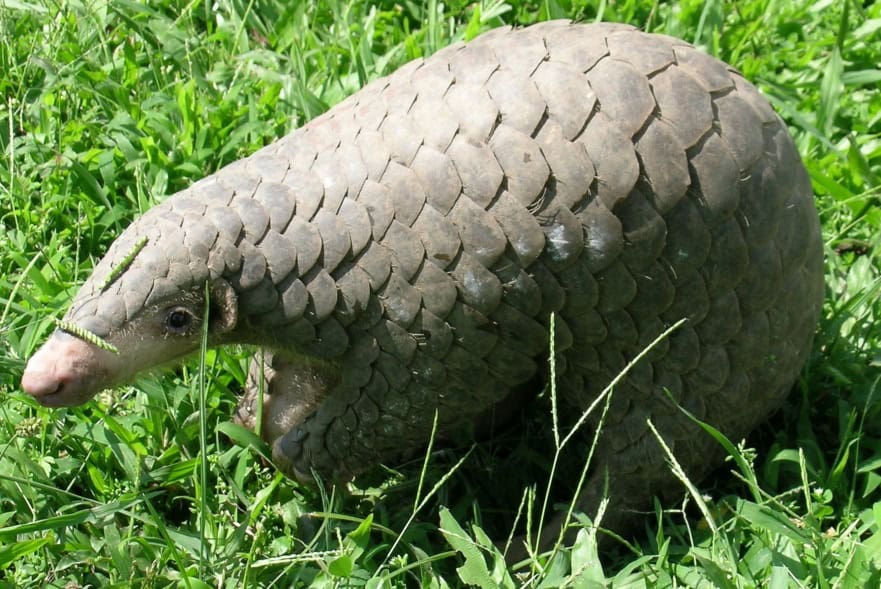
Recognizing the critical threat facing pangolins, the Convention on International Trade in Endangered Species of Wild Fauna and Flora (CITES) upgraded all eight pangolin species to Appendix I in 2016, effectively banning all international commercial trade. This landmark decision represented the culmination of years of advocacy by conservation organizations and provided crucial legal tools for combating trafficking. Prior to this upgrade, some limited legal trade had been permitted under CITES Appendix II listings, creating opportunities for laundering illegal specimens through legal channels.
While the CITES listing marked significant progress, implementation challenges remain substantial. Many range states lack sufficient resources for enforcement, and penalties for wildlife trafficking often fail to reflect the seriousness of these crimes. The United Nations Convention against Transnational Organized Crime (UNTOC) offers additional frameworks for addressing pangolin trafficking as part of organized crime, but coordination between environmental agencies and traditional law enforcement remains inconsistent across pangolin range states. Nevertheless, some countries have strengthened their approaches—China increased maximum penalties for wildlife trafficking to life imprisonment, while Malaysia amended its Wildlife Conservation Act in 2018 to impose mandatory jail terms for pangolin traffickers.
Technology in the Fight Against Pangolin Trafficking
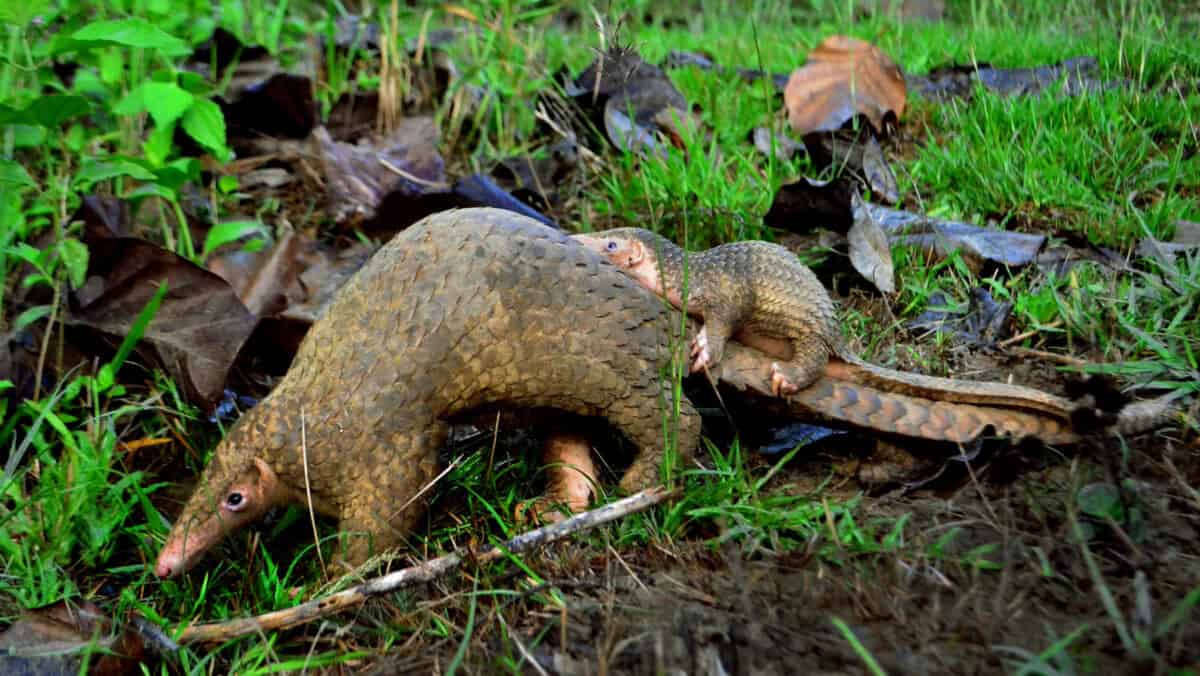
Conservationists are increasingly deploying advanced technologies to combat pangolin trafficking. DNA forensics now enable authorities to identify the species and sometimes even the geographic origin of confiscated pangolin products, helping investigators map trafficking networks and focus enforcement efforts. In transit countries like Singapore and Malaysia, authorities employ specialized scanners and sniffer dogs trained specifically to detect pangolin scales in cargo shipments.
On the ground in range states, camera trap networks help monitor remaining pangolin populations and provide early warnings of poaching activity, while satellite monitoring identifies potential habitat disruptions that may signal poaching operations. Organizations like the Zoological Society of London have pioneered the use of thermal imaging drones to detect the body heat of pangolins during nocturnal surveys, dramatically improving population monitoring capabilities. Meanwhile, artificial intelligence is being employed to scan social media and e-commerce platforms for coded language used by wildlife traffickers. Through these technological innovations, conservation groups are attempting to level the playing field against well-resourced trafficking networks.
The Role of Poverty and Local Communities
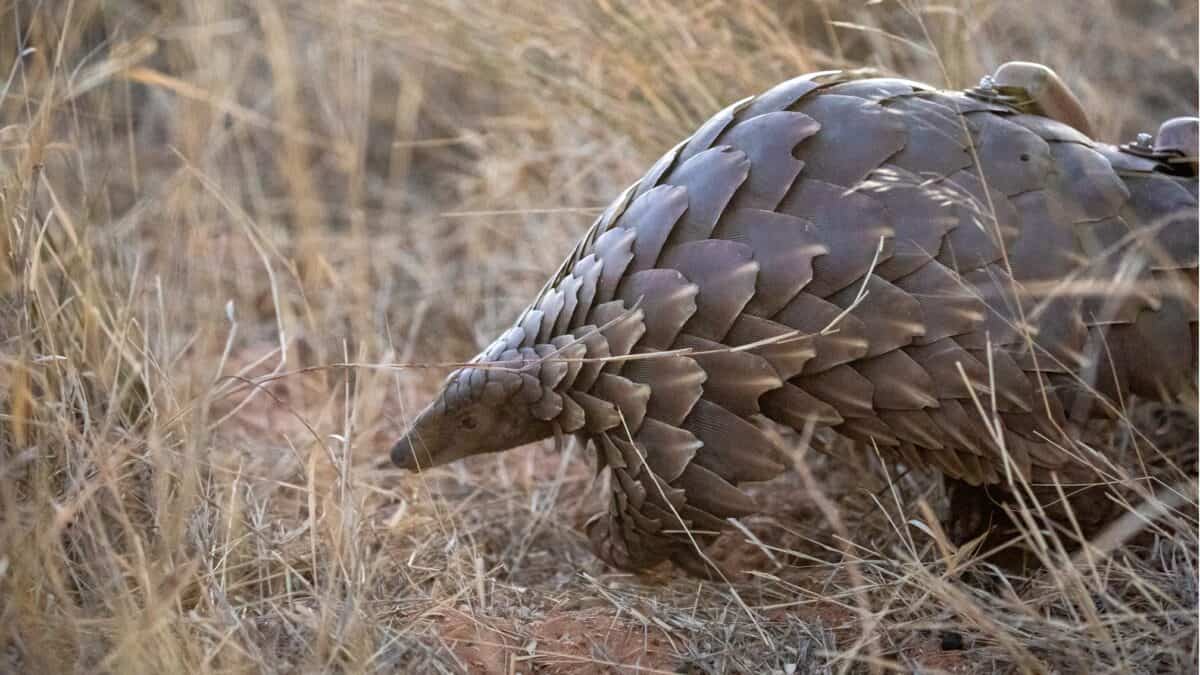
At the root of the pangolin trafficking crisis lies the complex relationship between local communities and wildlife. For many rural hunters in Africa and Asia, pangolins represent an opportunity for significant income in regions with few economic alternatives. A single pangolin can sell for several months’ worth of average local wages, creating powerful financial incentives for poaching. Conservation approaches that ignore these economic realities often struggle to achieve lasting success.
Progressive conservation organizations now recognize that sustainable solutions must address human needs alongside wildlife protection. Community-based conservation models that provide alternative livelihoods and direct benefits from protecting wildlife have shown promise in several pangolin range states. In Vietnam’s Pu Mat National Park, former pangolin hunters now work as patrol rangers, while in Zimbabwe’s Savé Valley Conservancy, local communities receive direct income from ecotourism centered around protected wildlife, including pangolins. These approaches recognize that long-term pangolin conservation depends on transforming local communities from threats into allies by ensuring they benefit more from living pangolins than from dead ones.
Celebrity Advocacy and Public Awareness Campaigns

As pangolins have gained recognition as a conservation priority, high-profile advocates have helped raise their public profile. Celebrities including Prince William, Jackie Chan, and Angelababy have participated in campaigns specifically highlighting the pangolin’s plight. These efforts aim to reduce demand for pangolin products by changing consumer attitudes and increasing awareness of the trafficking crisis among global audiences.
Major conservation organizations have also launched dedicated pangolin protection initiatives. WildAid’s “When the Buying Stops, the Killing Can Too” campaign featured prominently in Chinese media markets, while World Wildlife Fund’s “Stop Wildlife Crime” campaign highlighted pangolins as flagship species. These awareness efforts appear to be yielding results—surveys in Vietnam and China have shown increasing recognition of pangolins as protected species and decreasing expressed willingness to purchase pangolin products, particularly among younger demographics. Nevertheless, changing deeply ingrained cultural practices remains a long-term challenge requiring sustained engagement rather than short-term awareness campaigns.
Pangolins and Pandemic Risks
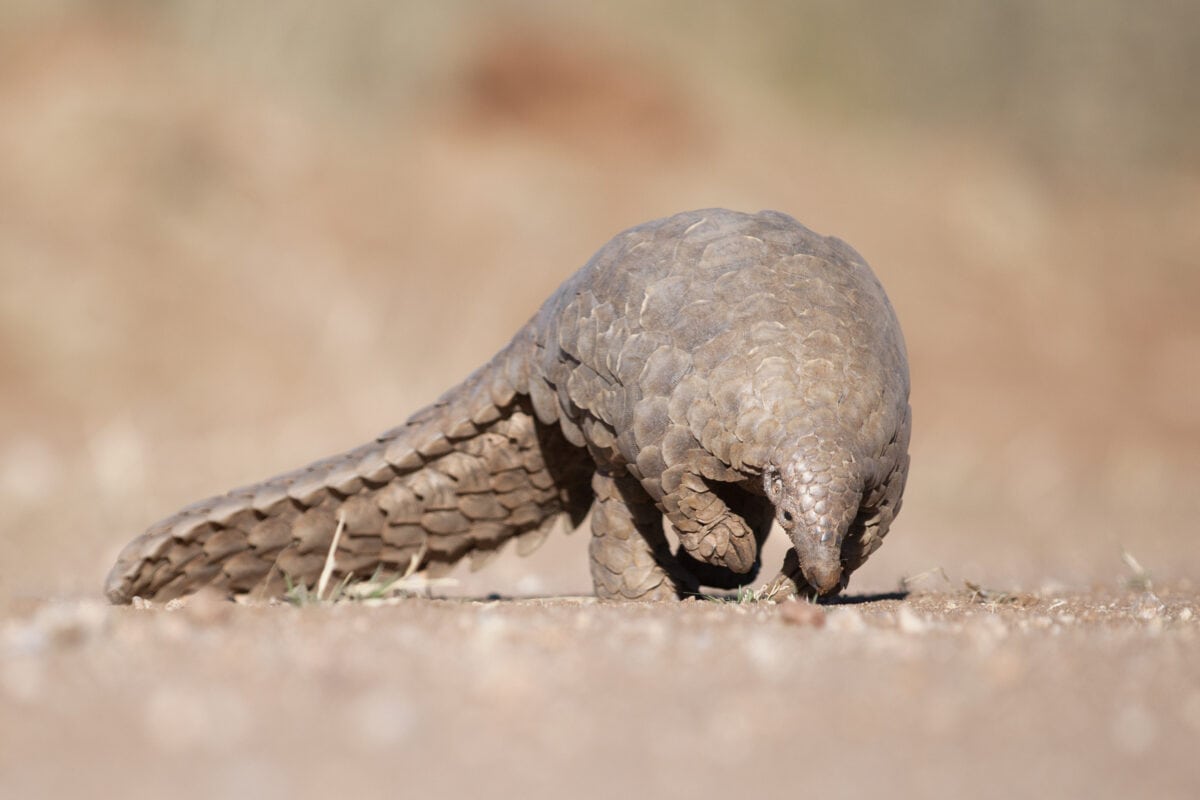
The COVID-19 pandemic brought unexpected attention to pangolins when early research identified them as potential intermediate hosts in the virus’s possible transmission from bats to humans. While later studies provided more nuanced understanding of their role, the connection sparked renewed scrutiny of wildlife trafficking and its public health implications. Pangolins, like many mammals, carry coronaviruses that could potentially recombine with other viral strains in the conditions created by wildlife markets and trafficking chains.
This zoonotic disease risk has added a new dimension to conservation advocacy. Beyond the ecological and ethical arguments for protecting pangolins, conservationists now emphasize public health rationales for ending their illegal trade. This pandemic-related spotlight resulted in China’s 2020 decision to remove pangolin scales from its official traditional medicine pharmacopeia and strengthen wildlife trade regulations. Conservation organizations hope this represents a paradigm shift in how governments approach wildlife trafficking—not merely as an environmental concern but as a significant threat to global public health security that warrants proportionate resources and enforcement priority.
The Uncertain Future of Pangolins
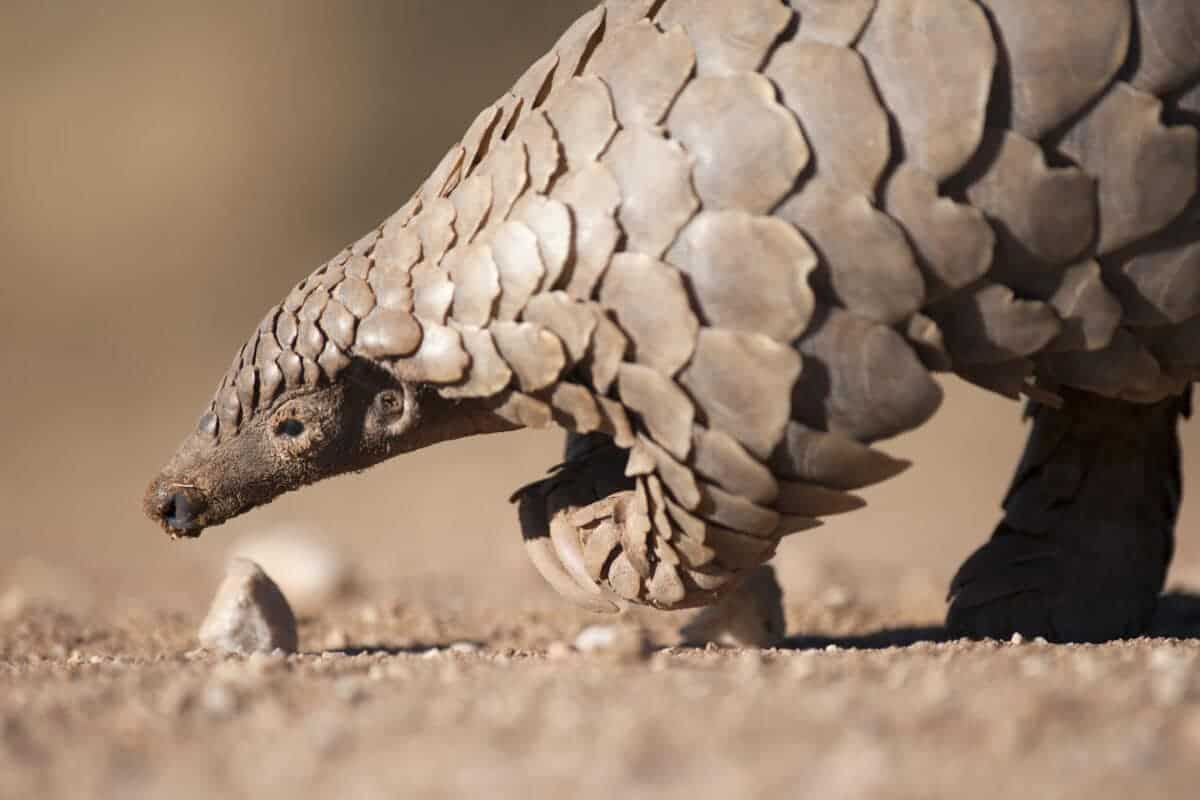
Despite intensified conservation efforts, pangolins face an uncertain future. All eight species continue to experience population declines, with the Chinese Pangolin and Sunda Pangolin in particularly critical condition. Recent research suggests that even if all poaching ceased immediately, some populations might lack the genetic diversity needed for long-term viability after decades of intensive harvesting. Moreover, habitat loss continues alongside poaching pressure, as pangolin ranges increasingly overlap with expanding agricultural frontiers and human settlements.
Yet reasons for cautious optimism exist. Seizure rates have increased dramatically, indicating improved enforcement capabilities rather than necessarily higher trafficking volumes. Several pangolin range states, including Uganda, Gabon, and Vietnam, have developed dedicated national pangolin conservation strategies. Captive breeding programs are advancing, although significant challenges remain in successfully maintaining pangolins in controlled environments. Most encouragingly, public awareness has transformed pangolins from obscure creatures to recognized symbols of the wildlife trafficking crisis. Whether this attention translates into effective conservation action will determine if these ancient, unique mammals continue their 80-million-year evolutionary journey or join the growing list of species driven to extinction by human exploitation.
Conclusion: A Conservation Crossroads
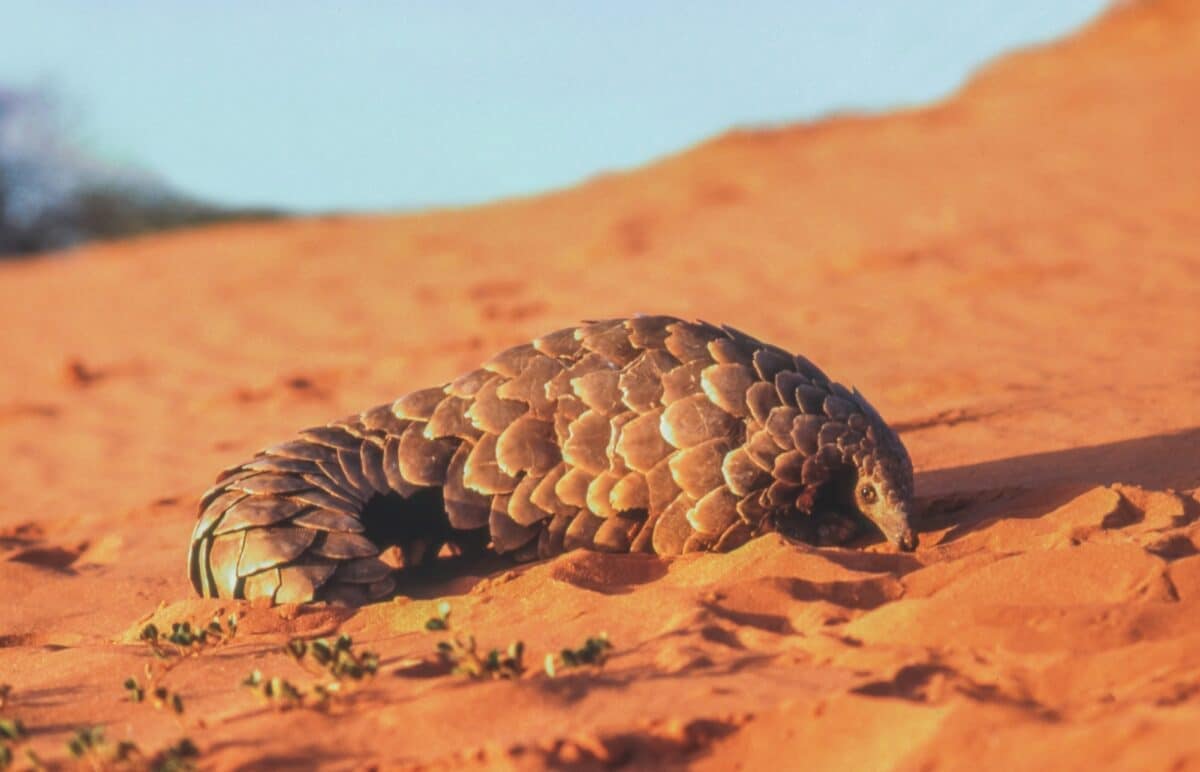
The story of the pangolin’s decline represents one of the most urgent conservation challenges of our time, embodying the complex interplay between cultural traditions, economic forces, criminal enterprise, and ecological preservation. These remarkable creatures, having survived for millions of years through countless environmental changes, now find their fate entirely in human hands. The coming decade will likely determine whether pangolins become a conservation success story or a tragic emblem of extinction. Their survival depends on multifaceted approaches that simultaneously address demand reduction, strengthen enforcement against trafficking networks, support sustainable alternatives for local communities, and protect remaining habitat. Without such comprehensive efforts, the world risks losing these evolutionary marvels before most people ever have the chance to appreciate their unique place in our planet’s biodiversity.
- The Wolves of Yellowstone: A Comeback Story - August 9, 2025
- What Happens During a Wolf Pack Power Struggle - August 9, 2025
- The Most Unexpected Snowfalls in Hot Regions - August 9, 2025

